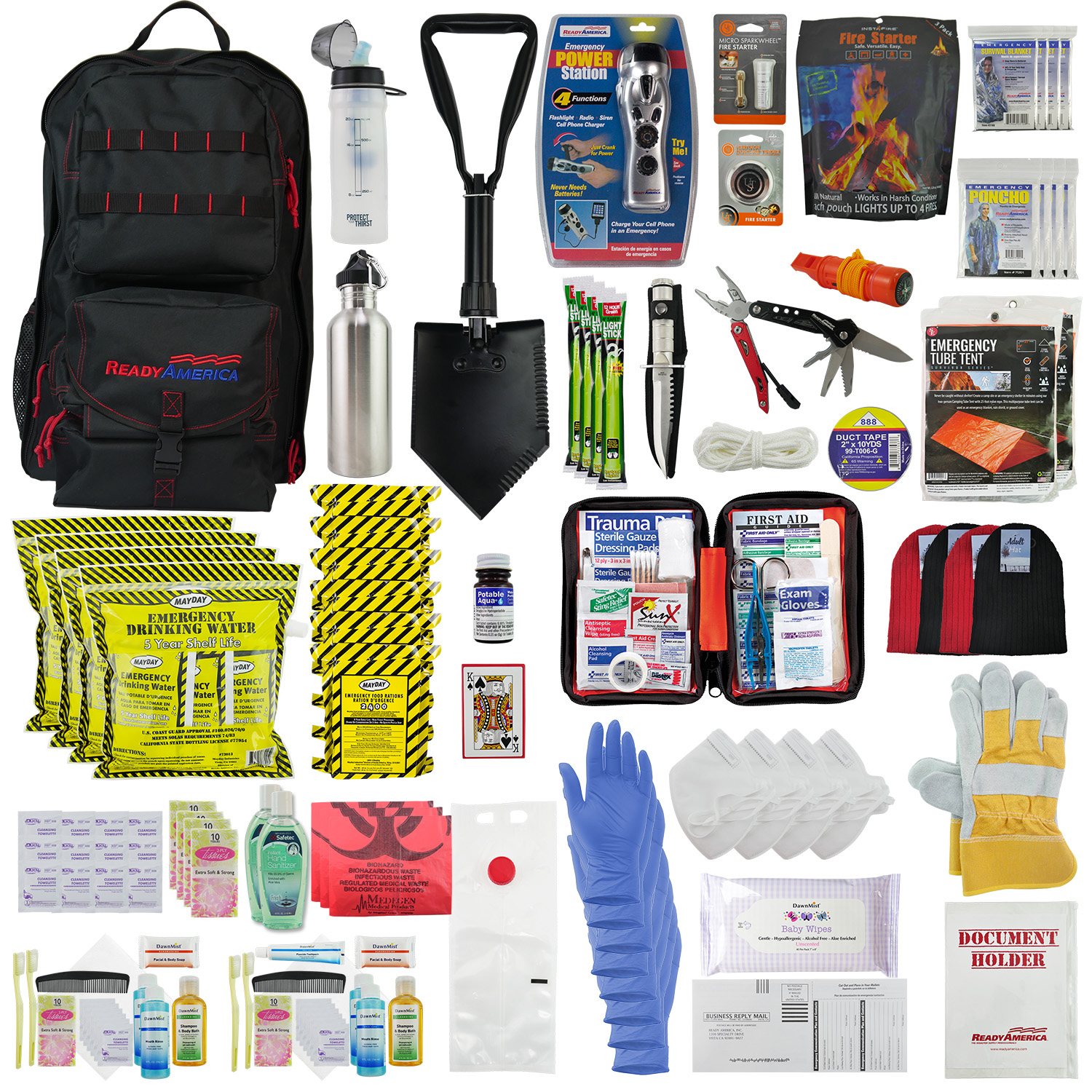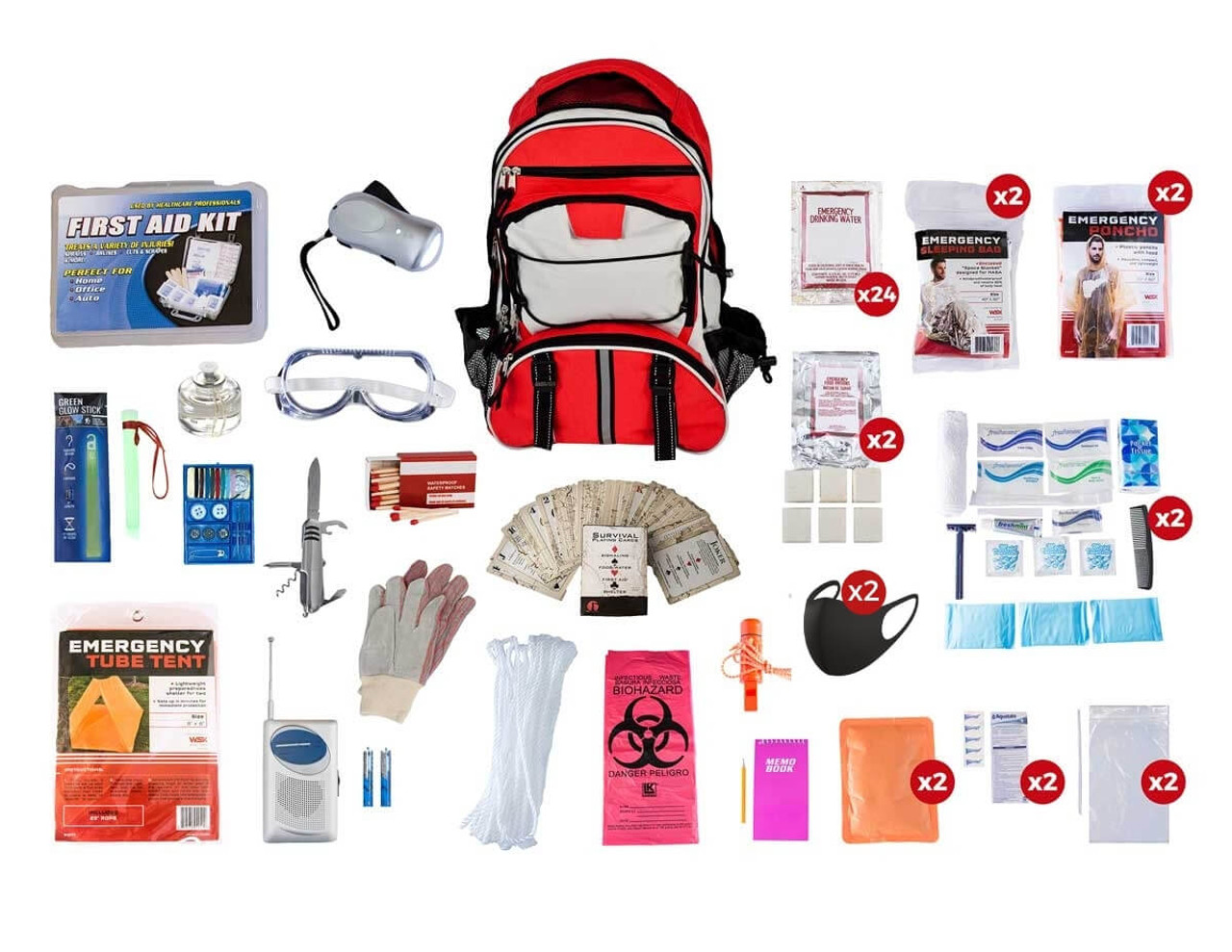Plan, Prepare, Dominate: Emergency Preparedness for Today's Challenges
Plan, Prepare, Dominate: Emergency Preparedness for Today's Challenges
Blog Article
Just How to Create a Thorough Emergency Preparedness Strategy
In the realm of readiness, establishing a detailed emergency situation plan is not merely a job to examine off a list; it is an important keystone of any type of company or person's strength technique. By meticulously crafting a strategy that attends to different elements of emergency monitoring, including risk assessment, communication procedures, source allocation, and strategic decision-making, one can lay a strong structure for securing possessions, procedures, and lives.
Value of Emergency Readiness
Emergency preparedness is vital for alleviating potential dangers and making certain the security of communities and people. In today's globe, where all-natural disasters, public wellness crises, and other emergency situations can strike without caution, being prepared can make a considerable distinction in decreasing the impact of these occasions. By having a well-balanced emergency preparedness strategy in area, organizations and people can respond properly, protect lives, and lower residential or commercial property damage.
One of the primary reasons why emergency situation readiness is necessary is its duty in saving lives. Having a plan that outlines clear procedures for evacuation, emergency situation, and interaction response can assist individuals act quickly and emphatically when emergency situations occur (a knockout post). This can stop injuries and casualties by making sure that individuals recognize what steps to take to remain safe
Moreover, emergency situation readiness improves the strength of areas. By fostering a culture of readiness and planning for various scenarios, areas can recuperate much more promptly from disturbances and disasters. This resilience is necessary for maintaining stability, continuity of procedures, and general health when faced with adversity.
Assessing Possible Threats
Taking into consideration the relevance of being prepared for unforeseen events, the first action in creating a reliable emergency preparedness plan involves completely evaluating and assessing possible threats. This assessment calls for an extensive evaluation of all possible risks that can affect the company, thinking about elements such as location, market, and historic information on events. By determining these dangers, companies can prioritize their preparedness efforts and allot sources effectively to alleviate the most substantial threats.
Usual threats that companies might deal with consist of natural disasters like earthquakes, floods, or cyclones, technological dangers such as power outages or data breaches, as well as human-caused risks like accidents or intentional acts of violence. Conducting a danger assessment additionally entails taking into consideration the prospective influence of these events on the organization's operations, staff members, consumers, and reputation. By carrying out a comprehensive risk analysis, organizations can create tailored emergency situation reaction strategies that address their details vulnerabilities and ensure efficient readiness for any kind of potential dilemma.
Creating an Interaction Strategy
Creating a clear and detailed communication strategy is important for reliable emergency situation preparedness within companies. In times of situation, communication plays a critical duty in ensuring the safety and security and well-being of workers, stakeholders, and the area. A well-thought-out interaction plan ought to detail clear lines of communication, mark key personnel in charge of communication tasks, and establish procedures for sharing details quickly and accurately.
One key element of producing an interaction strategy is recognizing primary and alternating interaction networks (EMERGENCY PREPAREDNESS). These can consist of email, text messaging, phone trees, social networks systems, and public address systems. It is crucial to make sure that these networks are reliable, accessible, and on a regular basis examined to assure their effectiveness throughout emergency situations

Building an Emergency Kit
Provided the important relevance of preparedness in times of situation, a vital part that organizations have to attend to is the establishment of an emergency situation kit. When constructing an emergency kit, it is crucial to think about the specific requirements and situations of the company. Additionally, organizations should go to my blog consist of important papers, such as contact listings, insurance coverage details, and emergency feedback strategies, in water-proof containers within the kit.
Establishing Evacuation Treatments
To ensure the security and organized emptying of workers throughout emergencies, companies must establish reliable and clear emptying treatments. Discharge procedures should incorporate a variety of prospective circumstances, including fires, all-natural disasters, or other emergencies that call for quick evacuation.

In addition, organizations must develop a system for bookkeeping for all employees throughout an evacuation to ensure that everyone has actually securely exited the facilities. Interaction plays an important role in evacuation procedures, with clear directions on exactly how to leave and when to do so. Normal evaluation and upgrading of emptying procedures based on comments and altering situations are vital to maintaining the effectiveness of the plan.
Verdict
To conclude, establishing a comprehensive emergency preparedness plan is critical for ensuring the safety and security and wellness of people in the occasion of a calamity (EMERGENCY PREPAREDNESS). By assessing possible threats, developing a communication plan, developing an emergency kit, and developing evacuation procedures, individuals and companies can be better furnished to react effectively to emergency situations. It is necessary to focus on preparedness efforts to reduce the impact of catastrophes and secure lives and property
In the world of readiness, creating a thorough emergency plan is not just a task to check off a list; it is an essential keystone of any type of company or person's strength technique. When emergencies take place, having a plan that outlines clear treatments for communication, evacuation, and emergency situation action can assist individuals act promptly and decisively. navigate to this website. By performing a detailed risk analysis, companies can create tailored emergency situation action plans that address their particular vulnerabilities and make certain effective preparedness for any kind of potential dilemma
Creating a clear and thorough interaction plan is crucial for efficient emergency situation readiness within companies. By assessing possible threats, developing an interaction plan, building an emergency situation package, and developing discharge organizations, individuals and procedures can be better outfitted to respond effectively to emergency situations.
Report this page